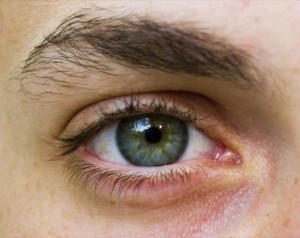Posted by: Georgia Eye Physicians and Surgeons in Latest News, Uncategorized
Whether it’s increased difficulty when levering yourself from your favorite armchair or that moment when you realize you’re holding a book at arm’s length in order to bring the print into focus , our bodies have little ways of letting us know that we are getting older. The latter sign of aging is the onset of a common vision disorder known as presbyopia, which results in the inability of the eyes to maintain focus at close range. While all adults eventually suffer some degree of presbyopia, typically beginning around the ages of 35 to 40, there are a number of ways to treat the condition or reduce its effects.

At Georgia Eye Physicians and Surgeons, Dr. William Segal and Dr. Marc Lay provide both surgical and non-surgical treatments for patients experiencing presbyopia. Sometimes presbyopia can be corrected with standard reading glasses for close work. However, since it is common to have presbyopia along with another refractive error (like near/farsightedness or astigmatism) it is often advisable to combine eyeglasses for presbyopia with regular prescription lenses with bifocals. Intraocular lens replacement surgery is available for those patients who have presbyopia along with developing cataracts. It’s important to first undergo a thorough pre-surgery consultation with Dr. Segal or Dr. Lay to determine which presbyopia treatment option is best for you and your lifestyle needs.
If you have questions about diseases or conditions of the eye, or would like to schedule an appointment for an eye exam, please contact us today to make an appointment. Be sure to follow Dr. Segal and Dr. Lay on Facebook, Twitter, and Google+ for more tips for healthy eyes.

